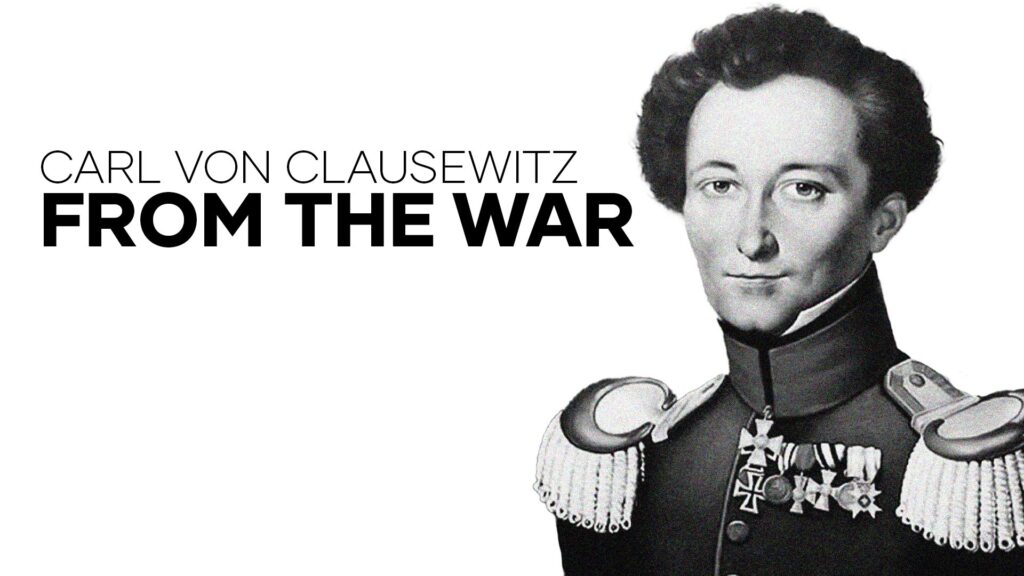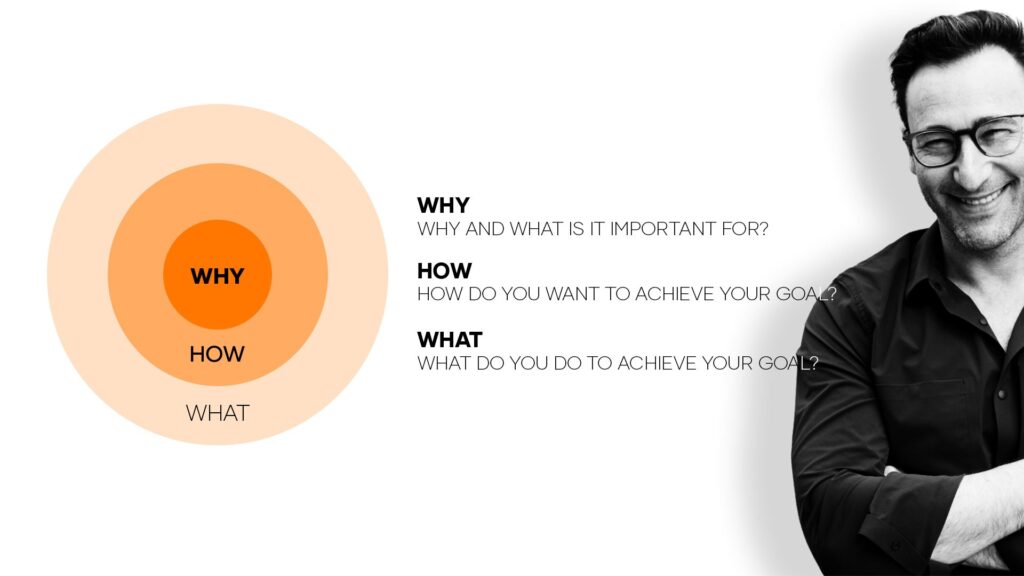Successful strategy workshops
Reading time: 5 min
- What makes the difference between well thought and well done?
- What exactly is the strategy?
- Methodology – the Archetype Model by Carl Gustav Jung A clear methodology is absolutely necessary for the process, which is understood – and then achieves results that can be evaluated and implemented later. The choice of methods is good if it awakens images in the mind, is playful, questions thought patterns, enables new perspectives and leads to new goals. Carl Gustav Jung’s archetype model is an example of this. We have been successfully using this as a central building block as one of over 30 methods for 15 years. As one of the first steps, it enables us to recognise our own attitude and positioning. In other words, it is the starting point of the journey to a unique brand strategy. Methodology – the Golden Circle according to Simon Sinek
- The harmonic triad

What makes the difference between well thought and well done?
One of the most used buzzwords in the field of communication and marketing in recent years is certainly “strategy”. In our segment, this means brand strategy in particular.
But what are the roots of strategy and what exactly does it actually mean – and is what is often done actually the formulation of a strategy?
The roots are of military origin and Carl von Clausewitz took strategy to a new level in his time.
“The first business of any theory is to clear up the jumbled and intermingled concepts and notions, and it is only when names and notions have been agreed upon that one may hope to proceed with clarity and ease in the consideration of things.
“The best strategy is always to be quite strong, firstly in the first place and secondly on the decisive point. Therefore there is no higher and simpler law of strategy than to keep one’s forces together.”
From: The Art of War & On War, Carl von Clausewitz (* 1 July 1780 in Burg; † 16 November 1831 in Breslau) was a Prussian major general, army reformer and military scientist.

Many of his principles still apply today, especially in an economic context. Considering the numerous and changing verbiage in communication and marketing, his reference to clarity of terms is also captivating. Achieving a common understanding of the objective is the overriding premise. Fortunately, the focus is no longer on war craft, but on success in a business context.
What exactly is the strategy?
The strategy is the long-term plan that defines exactly how one intends to achieve which overarching goal. A corporate strategy is thus composed of mission, vision, core values, SWOT analysis, goals and measures, among other things.The basics, compared to Carl von Clausewitz’s war strategy, are therefore unchanged in the economic sphere – the aim is to be successful as efficiently as possible. However, the methods and the way to achieve this have changed dramatically.
The basis for defining a successful strategy is primarily based on 2 essential aspects:
- The use of goal-oriented methods
- A collaborative and participatory process
In contrast to the war strategy and the historical view, the implementation of a strategy that is to be understood, lived and implemented can only be worked out in a joint process involving as many participants as possible. This is all the more true when the strategy is used in the context of communication.
Thus, it must not be a purely top-down process. The decisive factor is the will of the management level for the process, which is then implemented bottom up. As many levels of the company as possible should be integrated and the participants should be won over as multipliers.
Methodology – the Archetype Model by Carl Gustav Jung
A clear methodology is absolutely necessary for the process, which is understood – and then achieves results that can be evaluated and implemented later. The choice of methods is good if it awakens images in the mind, is playful, questions thought patterns, enables new perspectives and leads to new goals. Carl Gustav Jung’s archetype model is an example of this. We have been successfully using this as a central building block as one of over 30 methods for 15 years.

As one of the first steps, it enables us to recognise our own attitude and positioning. In other words, it is the starting point of the journey to a unique brand strategy.
Methodology – the Golden Circle according to Simon Sinek
Also essential is the Golden Circle according to Simon Sinek, in which the questions of “What do we do”, “How do we do it” and “Why do we do it” are answered together. Classically, the focus is on the “what” – but in our modern communication world, the “why” is much more important. Answering this question provides orientation and meaning. It provides support and identification. Above all internally, but also for external communication.

The harmonic triad
For all its self-reflection, however, looking inwards is only ever one aspect of three in the development of a brand strategy. Too often, too little attention is paid to the target group and the competition. This perspective must also be integrated into the process and compared with the internal view. Only then is the harmonious triad of credibility, relevance and differentiation possible at all.
Other strategic building blocks are – depending on requirements – brand architecture, sales strategy, digital strategy, change strategy or organisational structure. In each case with the goal of the highest efficiency in brand communication.
Thus, Carl von Clausewitz’s experiences on the battlefield some 200 years ago are not that far removed from the necessities of our communication age. Always with the goal of being able to successfully exist on the battlefield of brand communication. Fortunately, not quite as bloody and cruel as 200 years ago.

Thus, Carl von Clausewitz’s experiences on the battlefield some 200 years ago are not that far removed from the necessities of our communication age. Always with the goal of being able to successfully exist on the battlefield of brand communication. Fortunately, not quite as bloody and cruel as 200 years ago.
